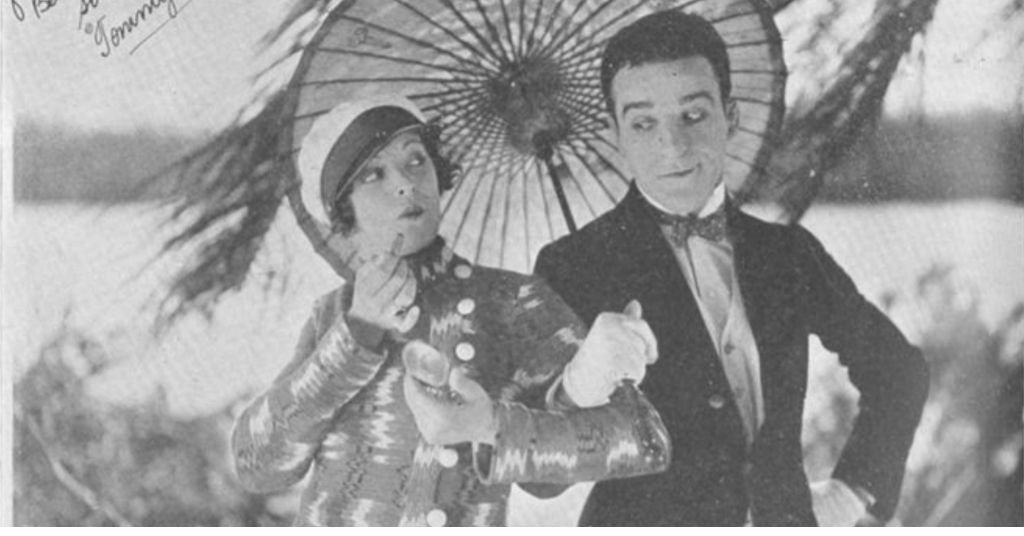
Emerson Romero’s journey through film history is a tale of adaptability, innovation, and unwavering advocacy. Starting as a silent film actor and later becoming a pioneer in accessibility, Romero’s work bridged the gap between art and inclusivity. His transformation from a performer to an advocate for the deaf community is a powerful testament to his resilience and vision.
The Silent Film Era: A Stage for All
Born in the early 20th century, Emerson Romero embraced the burgeoning art of silent cinema. Known as “El Mimo” (The Mime), his performances in silent films were celebrated for their expressive physicality and ability to convey deep emotion without spoken words. Silent films, relying solely on visuals and intertitles, offered a uniquely accessible medium for the deaf community.
Romero thrived in this era, using his talents to captivate audiences and build a name for himself in an industry that celebrated non-verbal storytelling. However, this period of inclusivity was short-lived as the introduction of sound films—dubbed “talkies”—revolutionized the industry and inadvertently excluded deaf audiences and actors.
The Challenge of Sound Films
The advent of talkies in the late 1920s brought a seismic shift to Hollywood. As spoken dialogue replaced intertitles, the deaf community found themselves increasingly marginalized. For Romero, this transition marked the end of his acting career. Yet, rather than accept this exclusion, he saw an opportunity to advocate for change.
Romero recognized the barriers that sound films posed to the deaf community and set out to address them. His determination to restore accessibility to cinema drove him to innovate in ways that would redefine how films could be experienced by all audiences.
Pioneering Subtitles and Accessibility
In the 1940s, Romero began experimenting with techniques to add subtitles directly onto film reels. His groundbreaking process involved manually splicing text frames into the film, allowing deaf viewers to follow the dialogue and story. Though labor-intensive, this innovation was a precursor to modern closed captioning.
Romero’s early subtitle work was revolutionary in its intent and execution. It demonstrated that films could once again be a shared experience for deaf and hearing audiences alike. His contributions paved the way for the broader adoption of captioning technologies, which have since become a standard feature in media worldwide.
Advocacy for Deaf Representation
Romero’s contributions extended beyond technical innovation. He was a passionate advocate for authentic representation of deaf individuals in media. He believed that the inclusion of deaf characters and storytellers was essential to fostering understanding and dismantling stereotypes.
Through his advocacy, Romero inspired conversations about diversity and inclusion in Hollywood. His efforts planted the seeds for a movement that would grow over the decades, culminating in contemporary films like Sound of Metal and CODA, which authentically depict deaf experiences and feature deaf actors in leading roles.
Legacy and Influence
Although Emerson Romero’s work was not widely recognized during his lifetime, his influence on the evolution of accessible media is undeniable. The closed captions and subtitles we now take for granted owe their existence to his pioneering efforts. These tools not only benefit the deaf community but also enhance the viewing experience for non-native speakers, individuals in noisy environments, and many others.
Romero’s legacy is also reflected in the growing representation of deaf culture in media. His advocacy for inclusivity and authenticity has inspired generations of filmmakers, actors, and activists to prioritize accessibility and representation in their work.
Conclusion
Emerson Romero’s journey from silent films to subtitles is a story of resilience, creativity, and impact. His ability to adapt to the changing tides of cinema and his unwavering commitment to accessibility have left an indelible mark on film history. As we celebrate his contributions, we are reminded of the power of advocacy and innovation to create a more inclusive world.
Romero’s work challenges us to continue breaking down barriers and ensuring that everyone has a place in the stories we tell. His legacy as a pioneer in accessible media and a champion for the deaf community remains as relevant today as ever.